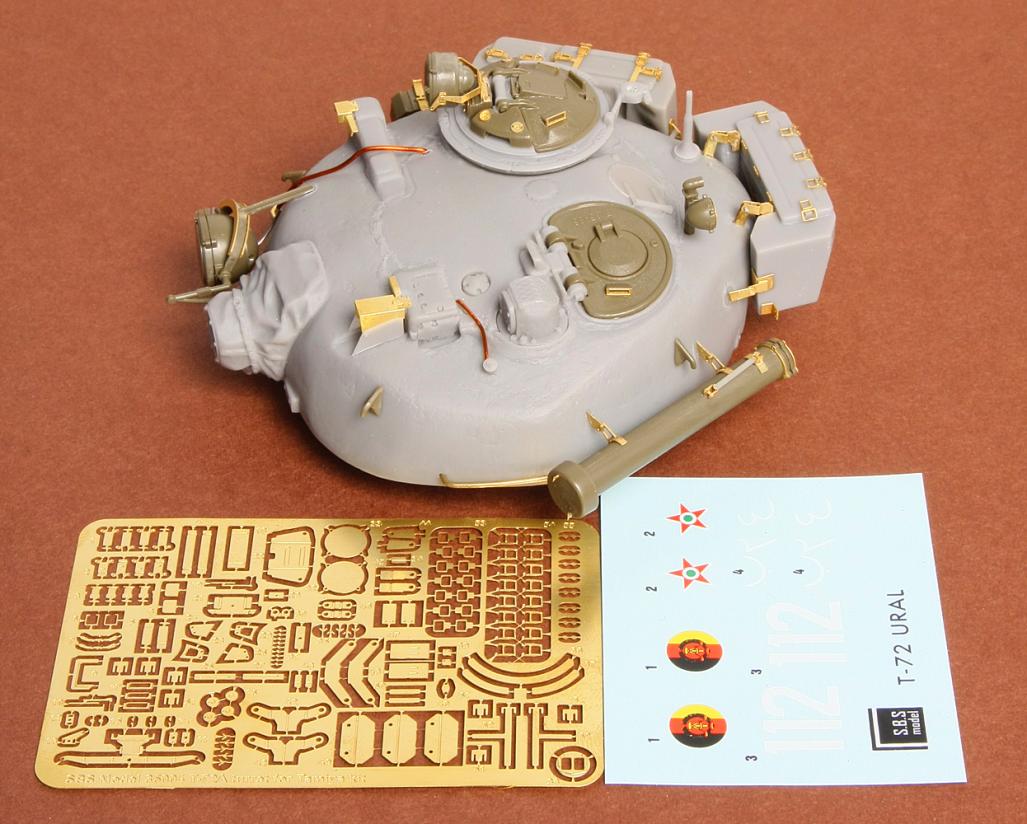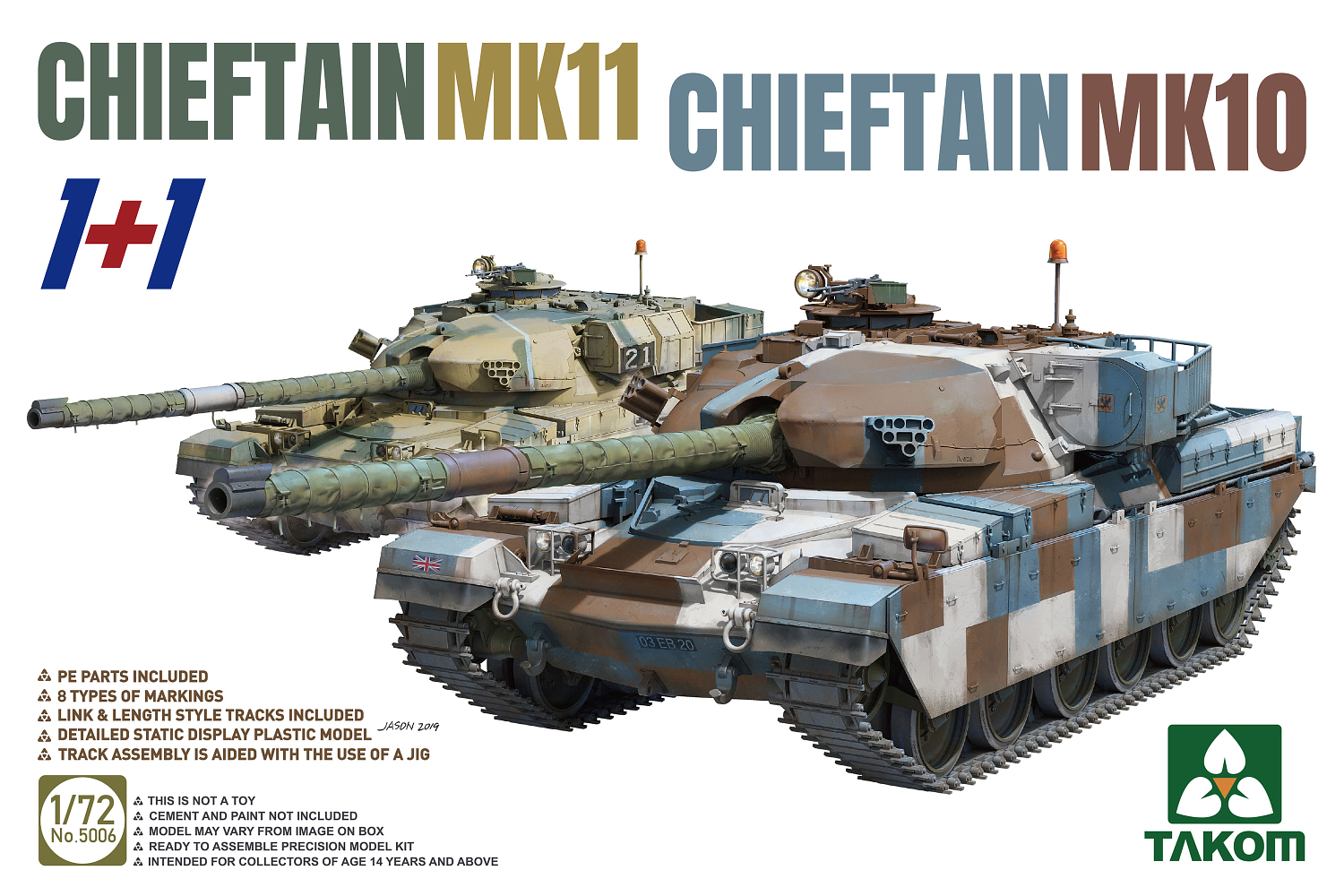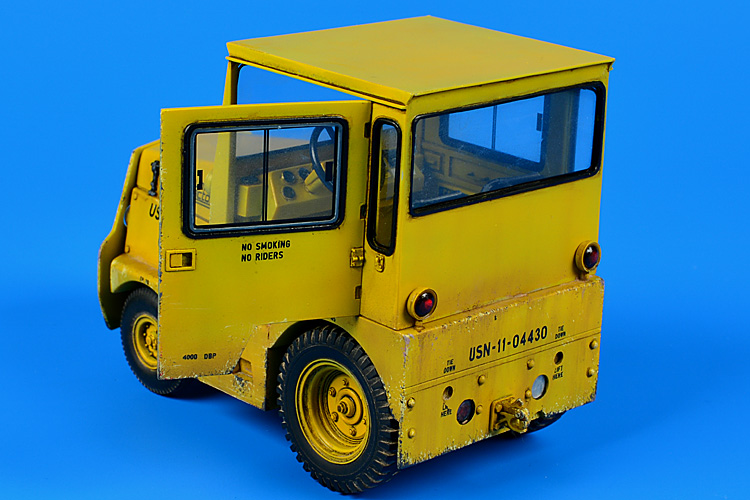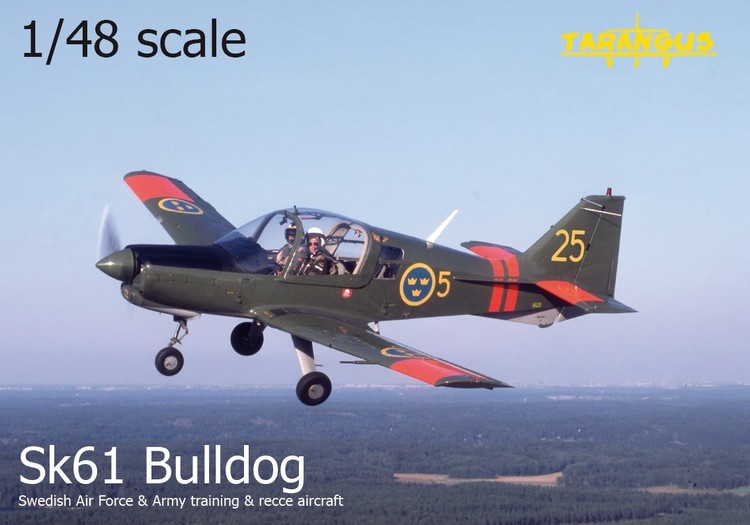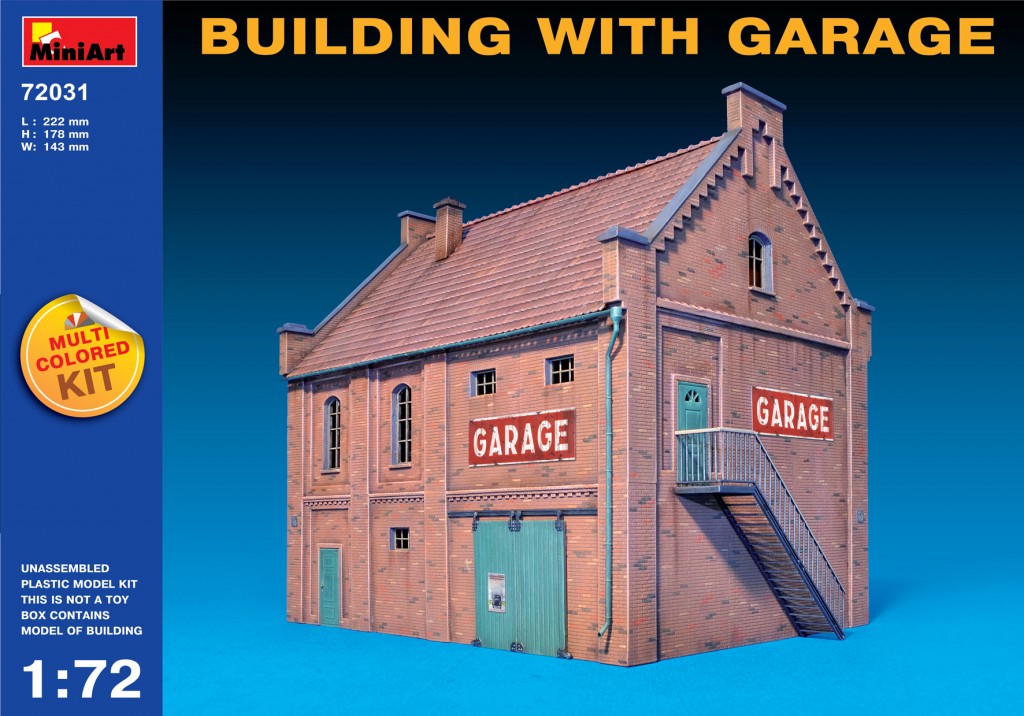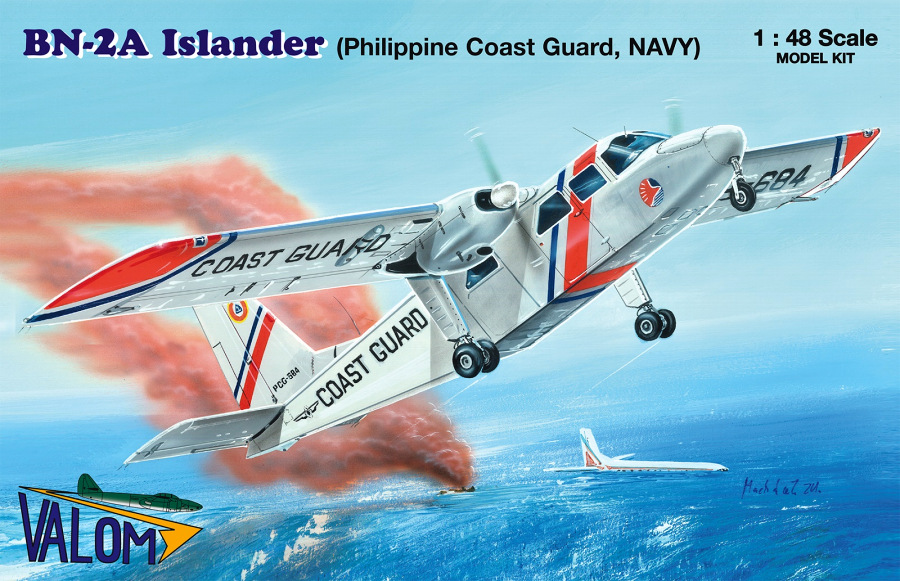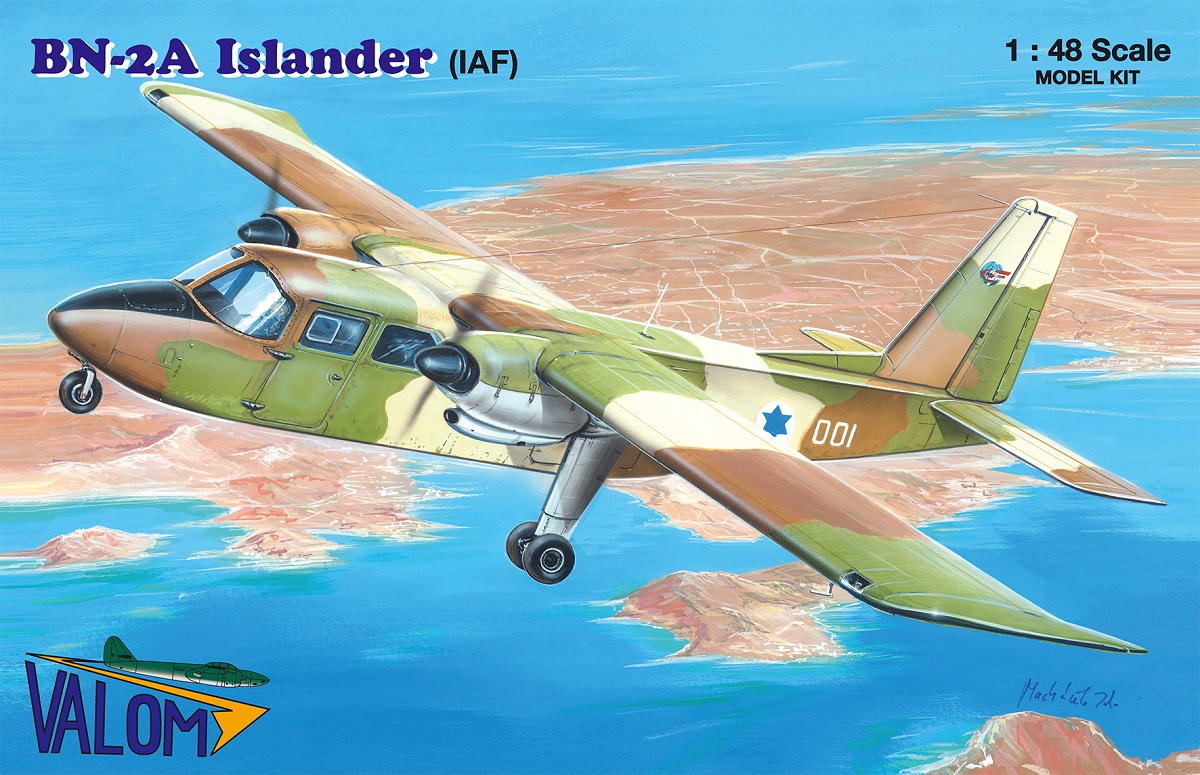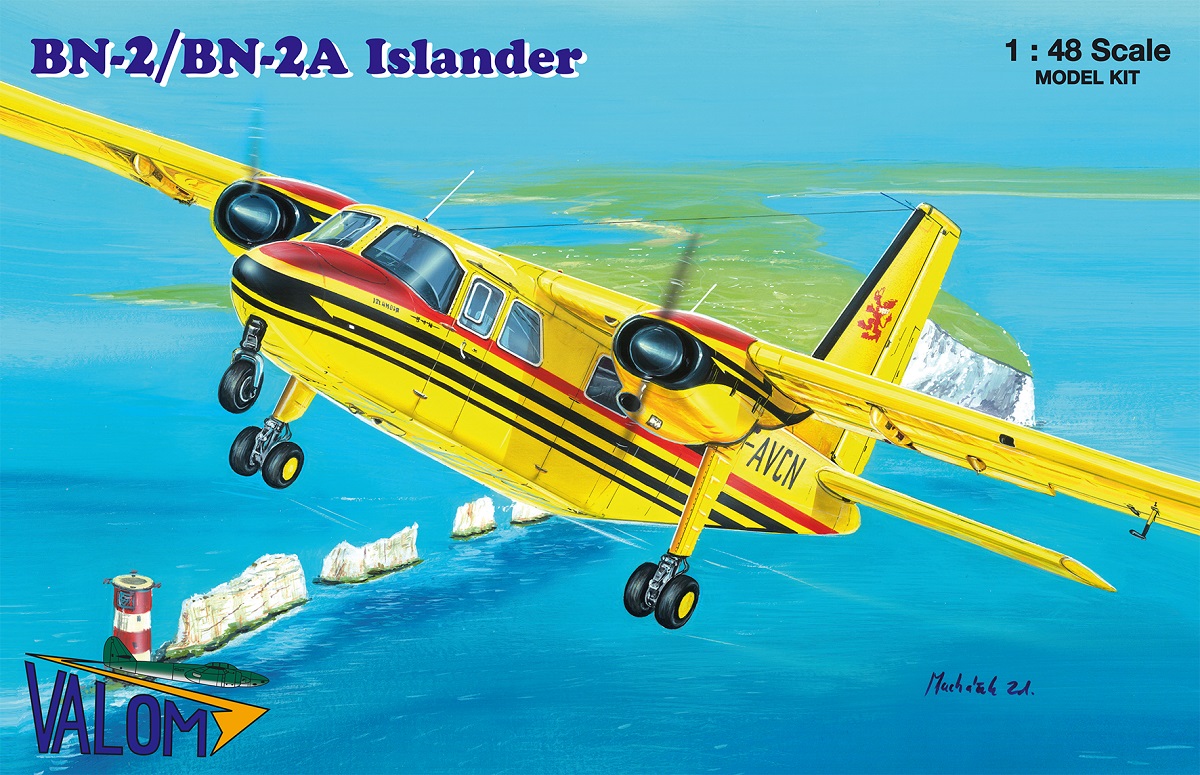Dětské zboží
Celkem 1545 produktů
Model Kit tank 6568 - M4A1 Sherman with U.S. Infantry (1:35). Model tanku ke slepení. Velikost: 1:35; 16,7 cm. Informace o originálu: Střední tank M4 Sherman byl hlavní tank Spojených států během druhé světové války. Byl vyroben ve značném množství kopií a v této kritické době utvořil páteř amerických obrněných sil. Vyráběl se v několika variantách a verzích. První verzí vyráběnou ve velkém měřítku byl Sherman M4A1, pro nějž byly typické zaoblené hrany plně odlévaného horního trupu. Dokonce i věž měla zaoblený tvar. Sherman vstoupil do boje ve službách obrněných jednotek armády Spojených států v roce 1942, během prvních měsíců války. Jeho výzbroj tvořil 75mm kanón, který byl v nejnovější verzi A1 nahrazen vysokorychlostním 76mm kanónem. Díky benzínovému motoru Continental R975 se mohl pochlubit dobrými jízdními vlastnostmi na všech typech terénu. Jeho nejdůležitější výhodou však byla koncepce jeho konstrukce. Sherman byl totiž spolehlivý, levný a snadno se vyráběl i ve velkém množství. Informace o modelu: BALENÍ OBSAHUJE 10 FIGUREK – NOVÉ LEPITELNÉ GUMOVÉ PÁSY - SKVĚLÉ OBTISKY PRO 3 VERZE - BAREVNÝ NÁVOD Barevné schéma (Doporučené barvy Italeri): - 4768AP, 4726AP, 4861AP, 4681AP, 4679AP Detaily modelu: Měřítko: 1:35 Délka: 167 mm Obtížnost: 3 Doporučeno pro děti od 14 let. Upozornění: Nebezpečí udušení! Výrobek obsahuje malé části. NEVHODNÉ PRO DĚTI DO 3 LET!
Model Kit tank 6568 - M4A1 Sherman with U.S. Infantry (1:35). Model tanku ke slepení. Velikost: 1:35; 16,7 cm. Informace o originálu: Střední tank M4 Sherman byl hlavní tank Spojených států během druhé světové války. Byl vyroben ve značném množství kopií a v této kritické době utvořil páteř amerických obrněných sil. Vyráběl se v několika variantách a verzích. První verzí vyráběnou ve velkém měřítku byl Sherman M4A1, pro nějž byly typické zaoblené hrany plně odlévaného horního trupu. Dokonce i věž měla zaoblený tvar. Sherman vstoupil do boje ve službách obrněných jednotek armády Spojených států v roce 1942, během prvních měsíců války. Jeho výzbroj tvořil 75mm kanón, který byl v nejnovější verzi A1 nahrazen vysokorychlostním 76mm kanónem. Díky benzínovému motoru Continental R975 se mohl pochlubit dobrými jízdními vlastnostmi na všech typech terénu. Jeho nejdůležitější výhodou však byla koncepce jeho konstrukce. Sherman byl totiž spolehlivý, levný a snadno se vyráběl i ve velkém množství. Informace o modelu: BALENÍ OBSAHUJE 10 FIGUREK – NOVÉ LEPITELNÉ GUMOVÉ PÁSY - SKVĚLÉ OBTISKY PRO 3 VERZE - BAREVNÝ NÁVOD Barevné schéma (Doporučené barvy Italeri): - 4768AP, 4726AP, 4861AP, 4681AP, 4679AP Detaily modelu: Měřítko: 1:35 Délka: 167 mm Obtížnost: 3 Doporučeno pro děti od 14 let. Upozornění: Nebezpečí udušení! Výrobek obsahuje malé části. NEVHODNÉ PRO DĚTI DO 3 LET!
Model Kit military 6579 - Crusader Mk. II with 8th Army Infantry (1:35). Model military ke slepení. Měřítko: 1:35; velikost: 171 mm. Obtížnost: 3. Informace o originálu: Crusader, postavený na začátku druhé světové války, byl jedním z nejdůležitějších britských křižníkových tanků, který během období jeho výroby vznikl ve více než 5000 kopiích. Díky zavěšení Christie s pojezdovými koly s velkým průměrem vynikal především při jízdě náročným terénem. První verze – Mk. I a Mk. II – měly jako výzbroj dvoulibrový kanón, který byl později u verze Mk. III nahrazen silnějším šestilibrovým kanónem. Crusader však bohužel postrádal odpovídající pancíř, který by ho chránil proti nepřátelské palbě, a byl také velmi zranitelný proti minám a protitankovým dělům. A ani jeho výzbroj často nestačila ve srovnání s podobnými německými vozidly. Avšak pokud je jednotky dokázaly použít dobře koordinovaným způsobem, dosahovaly slušných výsledků. Druhá generace Crusaderů byla s příchodem silnější třetí generace v době bitvy u El Alameinu přeložena na plnění úkolů v druhé linii. BALENÍ OBSAHUJE 5 FIGUREK – NOVÉ LEPITELNÉ GUMOVÉ PÁSY - SADU OBTISKŮ PRO 3 VERZE - BAREVNÝ NÁVOD Barevné schéma (Doporučené barvy Italeri): - 4768AP, 4895AP, 4681AP, 4752AP, 4675AP, 4720AP, 4679AP, 4769AP Detaily modelu: Měřítko: 1:35 Délka: 171 mm Obtížnost: 3 Doporučeno pro děti od 14 let. Upozornění: Nebezpečí udušení! Výrobek obsahuje malé části. NEVHODNÉ PRO DĚTI DO 3 LET!
Model Kit military 6579 - Crusader Mk. II with 8th Army Infantry (1:35). Model military ke slepení. Měřítko: 1:35; velikost: 171 mm. Obtížnost: 3. Informace o originálu: Crusader, postavený na začátku druhé světové války, byl jedním z nejdůležitějších britských křižníkových tanků, který během období jeho výroby vznikl ve více než 5000 kopiích. Díky zavěšení Christie s pojezdovými koly s velkým průměrem vynikal především při jízdě náročným terénem. První verze – Mk. I a Mk. II – měly jako výzbroj dvoulibrový kanón, který byl později u verze Mk. III nahrazen silnějším šestilibrovým kanónem. Crusader však bohužel postrádal odpovídající pancíř, který by ho chránil proti nepřátelské palbě, a byl také velmi zranitelný proti minám a protitankovým dělům. A ani jeho výzbroj často nestačila ve srovnání s podobnými německými vozidly. Avšak pokud je jednotky dokázaly použít dobře koordinovaným způsobem, dosahovaly slušných výsledků. Druhá generace Crusaderů byla s příchodem silnější třetí generace v době bitvy u El Alameinu přeložena na plnění úkolů v druhé linii. BALENÍ OBSAHUJE 5 FIGUREK – NOVÉ LEPITELNÉ GUMOVÉ PÁSY - SADU OBTISKŮ PRO 3 VERZE - BAREVNÝ NÁVOD Barevné schéma (Doporučené barvy Italeri): - 4768AP, 4895AP, 4681AP, 4752AP, 4675AP, 4720AP, 4679AP, 4769AP Detaily modelu: Měřítko: 1:35 Délka: 171 mm Obtížnost: 3 Doporučeno pro děti od 14 let. Upozornění: Nebezpečí udušení! Výrobek obsahuje malé části. NEVHODNÉ PRO DĚTI DO 3 LET!
1/72 Chieftain Mk.10 + Mk.11 Combo. This is an injection-plastic military vehicle model kit.The Chieftain is a second-generation main battle tank developed in the United Kingdom after World War II. Development began in the 1950s with the goal of integrating the main tank, the Centurion, and is supporting heavy tank, the Conqueror. Mass production began in May 1963. Because the British Army was skeptical of the idea of improving mobility at the expense of armor defense, the Chieftain adopted heavy armor for occupant protection and the new L11 120mm tank gun as its main armament. The main gun was powerful enough to destroy Soviet-made tanks such as the T-55 and T-62 at a distance of up to 4,000 meters.This new kit from Takom features photo-etched parts and decals for 6 versions; link-and-length tracks and assembly jig are also included. Order yours today![Includes]: Photo-etched parts, decals for 6 versions
1/72 Chieftain Mk.10 + Mk.11 Combo. This is an injection-plastic military vehicle model kit.The Chieftain is a second-generation main battle tank developed in the United Kingdom after World War II. Development began in the 1950s with the goal of integrating the main tank, the Centurion, and is supporting heavy tank, the Conqueror. Mass production began in May 1963. Because the British Army was skeptical of the idea of improving mobility at the expense of armor defense, the Chieftain adopted heavy armor for occupant protection and the new L11 120mm tank gun as its main armament. The main gun was powerful enough to destroy Soviet-made tanks such as the T-55 and T-62 at a distance of up to 4,000 meters.This new kit from Takom features photo-etched parts and decals for 6 versions; link-and-length tracks and assembly jig are also included. Order yours today![Includes]: Photo-etched parts, decals for 6 versions
1/48 Sk61 SA Bulldog trainer. The first 58 Bulldogg aircraft (known as the Sk61A and Sk61B) were delivered to the Swedish Air Force in 1971. Twenty more aircraft were delivered to the Swedish Army as Fpl61C in 1972, although these were transferred to the Air Force in 1989 as Sk61C. By 2001 all the Swedish aircraft had been withdrawn from military service. 26 were bought in 2004 by the Hungarian company AVIA-Rent. The kit is a high quality shortrun with injection moulded clear parts.
1/48 Sk61 SA Bulldog trainer. The first 58 Bulldogg aircraft (known as the Sk61A and Sk61B) were delivered to the Swedish Air Force in 1971. Twenty more aircraft were delivered to the Swedish Army as Fpl61C in 1972, although these were transferred to the Air Force in 1989 as Sk61C. By 2001 all the Swedish aircraft had been withdrawn from military service. 26 were bought in 2004 by the Hungarian company AVIA-Rent. The kit is a high quality shortrun with injection moulded clear parts.
1/48 Britten-Norman BN-2A Islander (IAF). This is an injection-plastic aircraft model kit. This beautifully detailed kit of the Britten-Norman BN-2A Islander is an entirely new mold! The prototype of this general-purpose aircraft made its first flight in 1965, and it is used by more than 500 airlines in more than 120 countries; it is still being produced (with some changes to the engine) after more than 50 years! This particular aircraft was used by more than 10 airlines, including New Japan Airlines, Daiichi Aviation, and Ryukyu Air Commuter in Japan. Includes photo-etched parts and decals for 2 versions; will be about 22.6cm long with a wingspan of 31.1cm when completed. [Mold Color]: Brown, clear [Includes]: Decals, photo-etched parts
1/48 Britten-Norman BN-2/BN-2A Islander. This is an injection-plastic aircraft model kit. This beautifully detailed kit of the Britten-Norman BN-2A Islander is an entirely new mold! The prototype of this general-purpose aircraft made its first flight in 1965, and it is used by more than 500 airlines in more than 120 countries; it is still being produced (with some changes to the engine) after more than 50 years! This particular aircraft was used by more than 10 airlines, including New Japan Airlines, Daiichi Aviation, and Ryukyu Air Commuter in Japan. Includes photo-etched parts and decals for 2 versions; will be about 22.6cm long with a wingspan of 31.1cm when completed. [Mold Color]: Brown, clear [Includes]: Decals, photo-etched parts
1/48 Britten-Norman BN-2A Islander (IAF). This is an injection-plastic aircraft model kit. This beautifully detailed kit of the Britten-Norman BN-2A Islander is an entirely new mold! The prototype of this general-purpose aircraft made its first flight in 1965, and it is used by more than 500 airlines in more than 120 countries; it is still being produced (with some changes to the engine) after more than 50 years! This particular aircraft was used by more than 10 airlines, including New Japan Airlines, Daiichi Aviation, and Ryukyu Air Commuter in Japan. Includes photo-etched parts and decals for 2 versions; will be about 22.6cm long with a wingspan of 31.1cm when completed. [Mold Color]: Brown, clear [Includes]: Decals, photo-etched parts
1/48 Britten-Norman BN-2/BN-2A Islander. This is an injection-plastic aircraft model kit. This beautifully detailed kit of the Britten-Norman BN-2A Islander is an entirely new mold! The prototype of this general-purpose aircraft made its first flight in 1965, and it is used by more than 500 airlines in more than 120 countries; it is still being produced (with some changes to the engine) after more than 50 years! This particular aircraft was used by more than 10 airlines, including New Japan Airlines, Daiichi Aviation, and Ryukyu Air Commuter in Japan. Includes photo-etched parts and decals for 2 versions; will be about 22.6cm long with a wingspan of 31.1cm when completed. [Mold Color]: Brown, clear [Includes]: Decals, photo-etched parts
1/72 KDA-2 type 88-2 scout. The Beriev Be-8 (USAF/DoD reporting name “Type 33”, NATO reporting name “Mole”), was built by the Soviet Beriev OKB in 1947. It was a passenger/liaison amphibian aircraft with a layout similar to the Be-4 but substantially larger and heavier. It was a single engine parasol with the wing installed on a thin pylon and a pair of short struts. Compared to the Be-4, the Be-8 was equipped with retractable landing gear, and pilot and passenger cabins had heating utilizing engine heat. The Be-8 was intended as a civil aircraft and carried no armament. First flight was on December 3, demonstrating good performance. Two experimental aircraft were built, and one was demonstrated during 1951 Soviet Aviation Day at Tushino.One of Be-8 was equipped with hydrofoils, developed at TsAGI. These “Underwater Wings” were installed on landing gear struts and pushed aircraft above the water well before it could be done by the wing lift force. As a result, takeoff was much easier and imposed less punishment on the hull from the waves. Despite very effective during takeoff hydrofoils had negative impact on flight speed. Construction of retractable hydrofoils was not ready, and the concept did not find practical applications.
1/72 KDA-2 type 88 light bomber. The Beriev Be-8 (USAF/DoD reporting name “Type 33”, NATO reporting name “Mole”), was built by the Soviet Beriev OKB in 1947. It was a passenger/liaison amphibian aircraft with a layout similar to the Be-4 but substantially larger and heavier. It was a single engine parasol with the wing installed on a thin pylon and a pair of short struts. Compared to the Be-4, the Be-8 was equipped with retractable landing gear, and pilot and passenger cabins had heating utilizing engine heat. The Be-8 was intended as a civil aircraft and carried no armament. First flight was on December 3, demonstrating good performance. Two experimental aircraft were built, and one was demonstrated during 1951 Soviet Aviation Day at Tushino.One of Be-8 was equipped with hydrofoils, developed at TsAGI. These “Underwater Wings” were installed on landing gear struts and pushed aircraft above the water well before it could be done by the wing lift force. As a result, takeoff was much easier and imposed less punishment on the hull from the waves. Despite very effective during takeoff hydrofoils had negative impact on flight speed. Construction of retractable hydrofoils was not ready, and the concept did not find practical applications.
1/72 KDA-2 type 88-1 scout. The Beriev Be-8 (USAF/DoD reporting name “Type 33”, NATO reporting name “Mole”), was built by the Soviet Beriev OKB in 1947. It was a passenger/liaison amphibian aircraft with a layout similar to the Be-4 but substantially larger and heavier. It was a single engine parasol with the wing installed on a thin pylon and a pair of short struts. Compared to the Be-4, the Be-8 was equipped with retractable landing gear, and pilot and passenger cabins had heating utilizing engine heat. The Be-8 was intended as a civil aircraft and carried no armament. First flight was on December 3, demonstrating good performance. Two experimental aircraft were built, and one was demonstrated during 1951 Soviet Aviation Day at Tushino.One of Be-8 was equipped with hydrofoils, developed at TsAGI. These “Underwater Wings” were installed on landing gear struts and pushed aircraft above the water well before it could be done by the wing lift force. As a result, takeoff was much easier and imposed less punishment on the hull from the waves. Despite very effective during takeoff hydrofoils had negative impact on flight speed. Construction of retractable hydrofoils was not ready, and the concept did not find practical applications.
1/72 KDA-2 type 88 light bomber. The Beriev Be-8 (USAF/DoD reporting name “Type 33”, NATO reporting name “Mole”), was built by the Soviet Beriev OKB in 1947. It was a passenger/liaison amphibian aircraft with a layout similar to the Be-4 but substantially larger and heavier. It was a single engine parasol with the wing installed on a thin pylon and a pair of short struts. Compared to the Be-4, the Be-8 was equipped with retractable landing gear, and pilot and passenger cabins had heating utilizing engine heat. The Be-8 was intended as a civil aircraft and carried no armament. First flight was on December 3, demonstrating good performance. Two experimental aircraft were built, and one was demonstrated during 1951 Soviet Aviation Day at Tushino.One of Be-8 was equipped with hydrofoils, developed at TsAGI. These “Underwater Wings” were installed on landing gear struts and pushed aircraft above the water well before it could be done by the wing lift force. As a result, takeoff was much easier and imposed less punishment on the hull from the waves. Despite very effective during takeoff hydrofoils had negative impact on flight speed. Construction of retractable hydrofoils was not ready, and the concept did not find practical applications.
1/72 KDA-2 type 88-1 scout. The Beriev Be-8 (USAF/DoD reporting name “Type 33”, NATO reporting name “Mole”), was built by the Soviet Beriev OKB in 1947. It was a passenger/liaison amphibian aircraft with a layout similar to the Be-4 but substantially larger and heavier. It was a single engine parasol with the wing installed on a thin pylon and a pair of short struts. Compared to the Be-4, the Be-8 was equipped with retractable landing gear, and pilot and passenger cabins had heating utilizing engine heat. The Be-8 was intended as a civil aircraft and carried no armament. First flight was on December 3, demonstrating good performance. Two experimental aircraft were built, and one was demonstrated during 1951 Soviet Aviation Day at Tushino.One of Be-8 was equipped with hydrofoils, developed at TsAGI. These “Underwater Wings” were installed on landing gear struts and pushed aircraft above the water well before it could be done by the wing lift force. As a result, takeoff was much easier and imposed less punishment on the hull from the waves. Despite very effective during takeoff hydrofoils had negative impact on flight speed. Construction of retractable hydrofoils was not ready, and the concept did not find practical applications.
1/72 KDA-2 type 88-2 scout. The Beriev Be-8 (USAF/DoD reporting name “Type 33”, NATO reporting name “Mole”), was built by the Soviet Beriev OKB in 1947. It was a passenger/liaison amphibian aircraft with a layout similar to the Be-4 but substantially larger and heavier. It was a single engine parasol with the wing installed on a thin pylon and a pair of short struts. Compared to the Be-4, the Be-8 was equipped with retractable landing gear, and pilot and passenger cabins had heating utilizing engine heat. The Be-8 was intended as a civil aircraft and carried no armament. First flight was on December 3, demonstrating good performance. Two experimental aircraft were built, and one was demonstrated during 1951 Soviet Aviation Day at Tushino.One of Be-8 was equipped with hydrofoils, developed at TsAGI. These “Underwater Wings” were installed on landing gear struts and pushed aircraft above the water well before it could be done by the wing lift force. As a result, takeoff was much easier and imposed less punishment on the hull from the waves. Despite very effective during takeoff hydrofoils had negative impact on flight speed. Construction of retractable hydrofoils was not ready, and the concept did not find practical applications.
